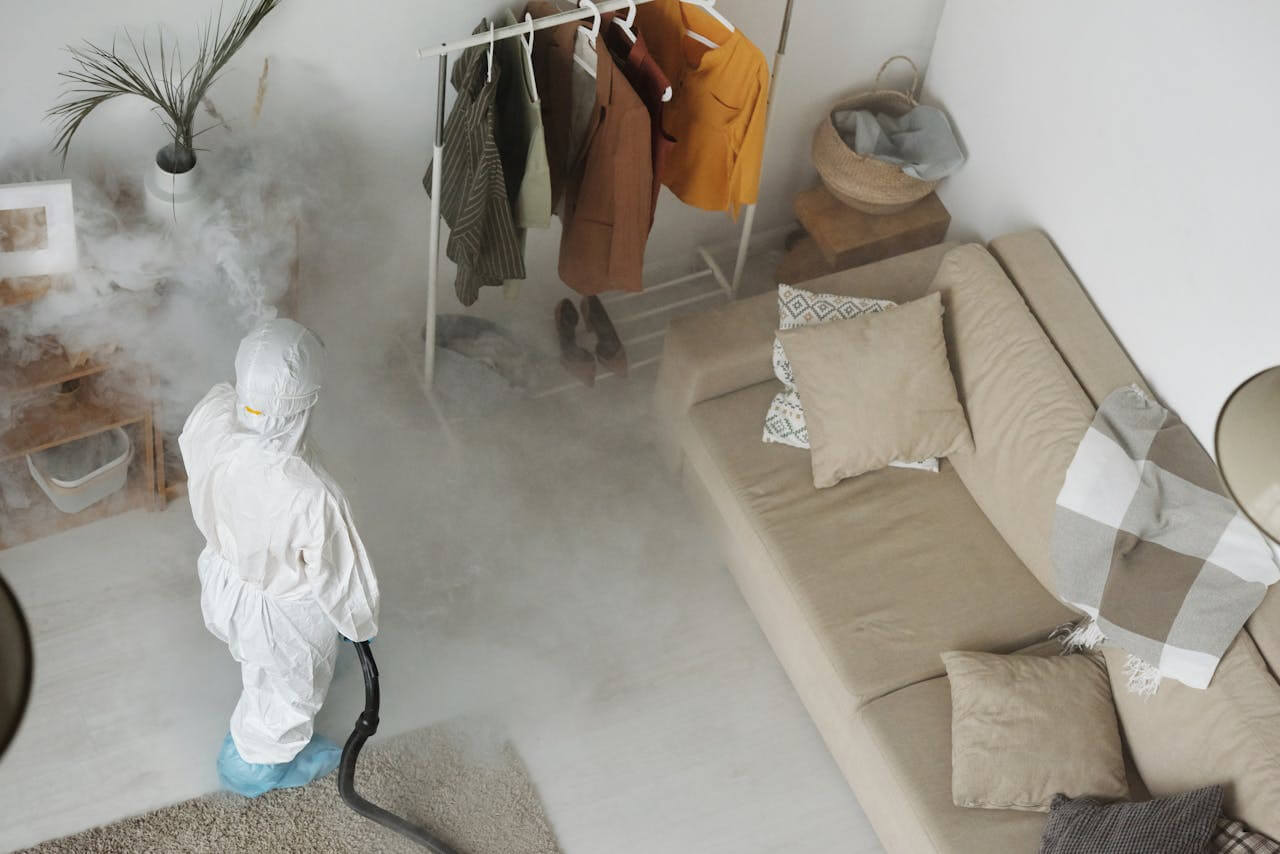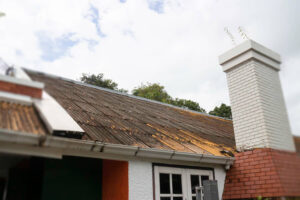Pests can quickly turn a comfortable home into a source of stress and health hazards. Whether it’s ants in the kitchen, rodents in the attic, or termites in the walls, managing these unwanted guests is an important part of maintaining a safe and sanitary living environment. Home pest control is about prevention, awareness, and taking informed action to protect your space. In this comprehensive guide, we’ll explore everything homeowners need to know about effective pest control. From understanding common household pests and recognizing early warning signs to choosing between DIY methods and professional help, this guide covers it all. Let’s dig into how you can keep your home pest-free, healthy, and comfortable.
Understanding the Most Common Household Pests
Before you can effectively control pests, it’s important to understand which critters you’re most likely to encounter. Common household pests include ants, cockroaches, spiders, termites, rodents, mosquitoes, bed bugs, and flies. Each pest species has its behavior, habitat preferences, and risks. For example, ants are drawn to sugary residues, while termites target wood and can cause severe structural damage. Rodents are notorious for chewing through wires and insulation, and mosquitoes carry dangerous diseases. Identifying the type of pest is the first step in determining the right strategy for removal and prevention.
When to Call in the Professionals
Sometimes, pest problems are too extensive or persistent for DIY methods. If you’re facing a large infestation, repeated pest appearances, or dangerous species like termites, stinging insects, or rodents, it’s best to call a licensed pest control professional. Experts in Wisconsin, for example, have access to more powerful treatments and the knowledge to target pests without putting your household at risk. They can conduct a thorough inspection and identify hidden nests or entry points that might be missed by the untrained eye. Professional help can save you from long-term damage and health concerns when the stakes are high.
Early Warning Signs You Shouldn’t Ignore
Recognizing signs of an infestation early can save you time, money, and potential damage. Droppings, chew marks, nesting material, foul odors, and visible pests are all red flags. You might notice grease trails from rodents or small piles of what looks like sawdust near wooden structures, which could indicate termite activity. In kitchens and bathrooms, look for egg casings or insect wings near baseboards. Many pests are nocturnal, so it’s easy to overlook them until the problem becomes severe. Regularly inspecting high-risk areas, such as basements, attics, and crawl spaces, can help you stay ahead of infestations.
Keeping Your Home Clean and Clutter-Free

Cleanliness is one of the most powerful deterrents against pests. Food particles, spills, and clutter provide an ideal environment for insects and rodents to thrive. Store food in sealed containers, promptly clean crumbs and spills, and take out the trash regularly. Avoid leaving pet food out overnight and fix any leaky faucets or pipes, as moisture attracts many pests. Cluttered spaces provide hiding and nesting places, so decluttering storage areas, like cardboard boxes and piles of clothes or papers, can reduce the chances of pests setting up residence in your home.
Sealing Entry Points to Keep Pests Out
Even the smallest cracks and crevices can be an open door for pests. Conduct a thorough inspection around your home’s foundation, windows, doors, rooflines, and utility openings. Seal gaps with caulk, replace worn weatherstripping, and use screens on vents and windows. Don’t forget to install door sweeps on exterior doors. Rodents, for example, can squeeze through holes the size of a dime, and insects can slip through even narrower spaces. Preventing access is one of the most cost-effective and long-lasting pest control strategies available to homeowners.
Using Natural Pest Control Remedies
For those who prefer eco-friendly solutions, natural pest control methods can be highly effective. Essential oils such as peppermint, eucalyptus, and citronella repel many insects. Diatomaceous earth is a safe, natural powder that dehydrates insects and can be sprinkled along baseboards and entry points. You can create traps using vinegar and dish soap for flies or borax and sugar mixtures for ants. These remedies are useful in homes with children and pets, where reducing chemical exposure is a priority. While not always as powerful as commercial products, natural methods are a great first line of defense.
The Importance of Regular Pest Inspections
Preventative maintenance is the cornerstone of successful home pest control. Scheduling regular inspections, at least once or twice a year, can help identify and treat potential problems before they escalate. Professional pest control services often offer inspection plans that include seasonal treatments, which can be helpful in regions where specific pests are more active during certain times of the year. Even if you don’t currently see signs of pests, an inspection can give you peace of mind and keep your home protected year-round.
Pest Control and Seasonal Changes
Different pests thrive in different seasons. In spring and summer, insects like ants, mosquitoes, and flies become more active, while rodents often seek shelter indoors during fall and winter. Understanding these seasonal patterns can help you time your pest control efforts more effectively. For example, sealing your home before the cold months hit can prevent rodents from coming inside, and treating your yard for mosquitoes in early spring can reduce their population during peak summer months. Being proactive and adapting your pest control measures to the season is key to keeping infestations at bay.
Maintaining a Pest-Resistant Yard and Garden
Pest control doesn’t stop at your front door, because your yard can invite unwanted critters too. Keep grass trimmed, remove standing water, and regularly clean gutters to discourage mosquitoes and other insects. Store firewood away from the house and remove any yard debris where pests can nest. Mulch should be kept a few inches away from your home’s foundation, as it can harbor insects like ants and termites. Consider planting pest-repelling plants like lavender, rosemary, and marigolds. A well-maintained yard serves as a strong barrier between your home and the outside pest world.
Effective home pest control requires a combination of awareness, cleanliness, preventative action, and timely intervention. By understanding the types of pests that may invade your home and taking steps to deter them before they become a problem, you can maintain a safe and comfortable living space. Whether you prefer natural solutions or need professional help, staying proactive is the key to success. Keep these strategies in mind, and you’ll be well-equipped to protect your home from any unwanted visitors throughout the year.






